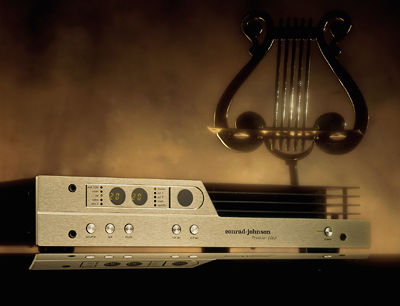- Joined
- Jan 27, 2019
- Messages
- 7,310
- Likes
- 12,255
Hey folks,
I have to do a bit of re-cabling in my system so I want to ensure I end up with the appropriate cables. (I've always used a mish-mash of stuff, old interconnects like the Kimber PBJs I bought decades ago, cast offs from other audiophiles etc).
I have the basic understanding (I think) that there is often a sort of trade-off between lower capacitance in a cable and noise rejection. So a lower capacitance can be a good thing insofar as high frequency roll off (over length) will be less of an issue, but it can come with some vulnerability to electrical noise/interference. Whereas designs like star quad tend to be better at rejecting noise, though typically have higher capacitance and at given lengths high frequency roll off can be an issue. Is that generally correct?
I'm looking at some XLR cables (between my Benchmark DAC and my Phono stage in to my Benchmark LA4 preamp), between 1 and 3 feet.
I also need some RCA unbalanced interconnects from the DAC and Phono stage to my Conrad Johnson preamp. And also from the LA4 and CJ preamp to my CJ tube amplifiers. A couple 3 footers and a couple 4 footers.
Apparently the Conrad Johnson entire Premier series of composite-triode preamps is very sensitive to interconnect capacitance, and low capacitance cables are advised
My question is: What spec makes for "low capacitance?"
I see capacitance listed as #/pF/Ft
Is there some #/pF/Ft below which we'd consider an interconnect "low capacitance" vs "high capacitance?"
For instance I was looking at the Audioblast cables on amazon or some of the cables offered at Benchmark.
For 4 foot RCA interconnects, Audioblast claims low capacitance at 38.2 pF/Ft
Whereas Benchmark uses Belden 1694A, which is listed at a lower 16.2 pF/Ft
Both are advertised as "low capacitance" and can I presume there would likely be no real world difference in performance - even in regard to my CJ preamp - if we are talking 3 - 4 feet unbalanced interconnects?
Similar questions about the XLRs: The Audioblast XLRs are Star Quad designs, but still claim "low capacitance" (conductor to shield) at
34.15 pF/Ft
The Benchmark XLRs are also Star Quad (Canare) and have almost identical capacitance specs (which they claim to be low capacitance).
So I figure I should be good to go with those?
Thanks.
I have to do a bit of re-cabling in my system so I want to ensure I end up with the appropriate cables. (I've always used a mish-mash of stuff, old interconnects like the Kimber PBJs I bought decades ago, cast offs from other audiophiles etc).
I have the basic understanding (I think) that there is often a sort of trade-off between lower capacitance in a cable and noise rejection. So a lower capacitance can be a good thing insofar as high frequency roll off (over length) will be less of an issue, but it can come with some vulnerability to electrical noise/interference. Whereas designs like star quad tend to be better at rejecting noise, though typically have higher capacitance and at given lengths high frequency roll off can be an issue. Is that generally correct?
I'm looking at some XLR cables (between my Benchmark DAC and my Phono stage in to my Benchmark LA4 preamp), between 1 and 3 feet.
I also need some RCA unbalanced interconnects from the DAC and Phono stage to my Conrad Johnson preamp. And also from the LA4 and CJ preamp to my CJ tube amplifiers. A couple 3 footers and a couple 4 footers.
Apparently the Conrad Johnson entire Premier series of composite-triode preamps is very sensitive to interconnect capacitance, and low capacitance cables are advised
My question is: What spec makes for "low capacitance?"
I see capacitance listed as #/pF/Ft
Is there some #/pF/Ft below which we'd consider an interconnect "low capacitance" vs "high capacitance?"
For instance I was looking at the Audioblast cables on amazon or some of the cables offered at Benchmark.
For 4 foot RCA interconnects, Audioblast claims low capacitance at 38.2 pF/Ft
Whereas Benchmark uses Belden 1694A, which is listed at a lower 16.2 pF/Ft
Both are advertised as "low capacitance" and can I presume there would likely be no real world difference in performance - even in regard to my CJ preamp - if we are talking 3 - 4 feet unbalanced interconnects?
Similar questions about the XLRs: The Audioblast XLRs are Star Quad designs, but still claim "low capacitance" (conductor to shield) at
34.15 pF/Ft
The Benchmark XLRs are also Star Quad (Canare) and have almost identical capacitance specs (which they claim to be low capacitance).
So I figure I should be good to go with those?
Thanks.



